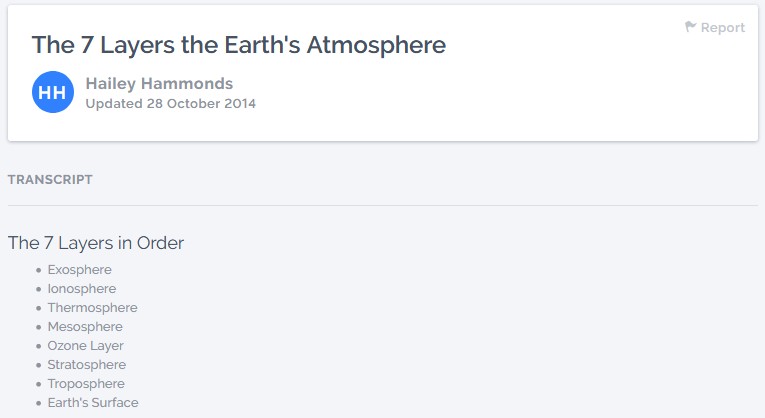
Astronomy Information from the Field of Master Mind Science (MMSCI)
Shared from the space of: Joseph Mercado
Content Contributor: Hailey Hammonds
To: Science Lover
Blog Post #738
Re: 7 Layers of Earths Atmosphere
Date and Time: Monday, June 17, 2019 at 11:17 a.m.
Dear Science Lover,
Did you know the earth is made up of 7 layers within its atmosphere?
The 7 Layers of the Earth’s Atmosphere:
- Exosphere (Layer 7)
- Ionosphere (Layer 6)
- Thermosphere (Layer 5)
- Mesosphere (Layer 4)
- Ozone Layer (Layer 3)
- Stratosphere (Layer 2)
- Troposphere (Layer 1)
- Earth’s Surface (Atmosphere)
Bio-dome:
We have a Bio-dome. Bio-domes are mini-man made atmospheres that support life even in the simplest form. When it becomes cut off from the outside world supplying itself with it’s own water, then it becomes a natural bio-dome, getting only sunlight from outside it’s area.
Materials In The Atmosphere:
Exosphere:
The Exosphere is very high up, the atmosphere becomes very thin here. The Exosphere is the region where atoms and molecules escape into space.
Scientists call it an extension of the thermosphere. It represents .1% of the total mass of the atmosphere. Even though it’s small, it’s extremely important. The Sun’s energy is really strong at this level, it breaks apart molecules. So electrons floating around and molecules which have lost or gained electrons. When the Sun is active, more ionization happens.
Ionosphere:
The atmosphere contains tiny particles of solid or liquid material like dust, sea salt, and water droplets. In some places, water vapor can make up as much as 4% of the air. Nitrogen promotes plant growth and is an important ingredient in the chemistry that makes up the Earthlings and living things. Oxygen is necessary for animals ad plants to preform life processes. Plants use carbon dioxide and water to make food.
- 21% Oxygen
- 78% Nitrogen
Thermosphere:
The thermosphere is the layer in the Earth’s atmosphere directly above the mesosphere and below the exosphere. Within this layer of the atmosphere, ultraviolet radiation causes photoionization/photodissociation of molecules, creating ions in the ionosphere.
Mesosphere:
The air is extremely thin here. This layer contains less than .1% of the atmosphere’s mass. Most meters burn up in the Mesosphere. is heated from below. The Mesosphere protects the Earthlings from meteors.
Starts 56 miles above Earth’s surface. It grows less dense over the hundreds of miles until it becomes outer space. The air high in this layer becomes very hot because the molecules absorb a certain type of solar radiation. However, even even the hottest air in this layer would feel cold to you because the molecules are so spread out that they would not conduct much energy to your skin. This is where the aurora borialis.
Ozone Layer:
The Ozone Layer protects the Earthlings from harmful radiation. It absorbs harmful ultraviolet radiation. The reactions that destroy and form the ozone normally balance each other, so the cycle can repeat endlessly.
Stratosphere:
The Stratosphere is a clear, dry layer of the atmosphere. Within the Stratosphere are molecules of a gas called ozone. These molecules absorb a type of solar radiation that is harmful to the Earthlings. The energy from the radiation raises the temperature.
Troposphere:
It is the layer nearest to Earth’s surface. Convection seems to turn the air over. Contains 80% of the total mass of the atmosphere, including almost all of the water vapor present in the atmosphere. The troposphere is warmed from below the ground.
Earth’s Surface (Atmosphere):
Most of the Earth’s surface (70%) is covered with water, and the remaining 30% is taken up by the seven continental landmasses. However, underneath the water that fills the oceans, and the dirt and plants that cover the continents, the Earth’s surface layer is made of rock.
Content Source 1: Prezi.com
Content Source 2: Google.com
Content Source 3: Wikipedia.org

![]()
Have a question about this blog post?
Please send us an email message below and we will serve you with answer momentarily.


